Luxating patella, the technical term for a kneecap popping out of place, creates instability in a cat's hind leg by reducing the functionality of the knee joint. It causes varying degrees of pain and immobility. Luxating patella can occur as a result of trauma or aging, and it can lead to arthritis if untreated. While any cat can experience this problem, Devon Rex and Abyssinian cats may have a genetic predisposition for unstable knee caps.
What Is Luxating Patella?
Luxating patella is an orthopedic condition in which a cat's knee cap (patella) slips out of place. The patella is a small bone beneath the patellar ligament that sits in a groove in the femur called the trochlear groove. When the knee is bent and flexed, the patella rides up and down in the trochlear groove. If the kneecap is not functioning properly, it may luxate—or pop in and out of the groove.
Symptoms of Luxating Patella in Cats
When a cat's kneecap is out of place, bending and flexing the knee joint are uncomfortable. This makes walking, running, and jumping painful and difficult for the cat. If both knees are affected, each side may have a different degree of severity.
Luxating patella affects a cat's rear legs only (its front legs don't have "knees"). The symptoms are those of pain and instability. A popping sound when the cat walks may indicate a loose patella, and the bone may feel wobbly or loose when touched. Because cats try to heal themselves by licking or chewing a painful problem area, these behaviors may indicate that something is wrong with the knee(s).
Cats with patellar luxation may experience symptoms on and off. If the kneecap is in its proper location, the cat will be able to walk, run, and jump normally. When the kneecap is out of place, the cat will suddenly experience pain and limited mobility in the affected knee.
It's possible for a cat to have a low-grade luxating patella and no symptoms. Your vet may discover this during a routine wellness exam and advise you to keep an eye on it.
What Causes Luxating Patella in Cats?
The exact cause of patellar luxation is unknown, but potential contributing factors include:
- Patellar luxation can occur when the trochlear groove is too shallow to contain the kneecap.
- It may also be the result of ligament, tendon, or muscle injuries. In some cases, it is caused by an anatomical deformity like bow leggedness.
- Some cats may be genetically predisposed to the issue. Breeds such as the Abyssinian, Burmese, and Devon Rex may be more likely to develop a luxating patella.
How Do Vets Diagnose Luxating Patella in Cats?
It's important to visit your vet if your cat is limping. The vet will begin by reviewing your cat's medical history and performing an examination.
Patellar luxation is diagnosed by a veterinarian after palpating the knee joint and ruling out other causes for the abnormality. X-rays may be necessary to rule out other issues and confirm a diagnosis. The vet may discover a luxating patella in one or both knees.
The luxation is often medial, meaning it dislocates towards the inside of the knee. Or, the luxation may be lateral, meaning it dislocates to the outside of the knee.
The diagnosis of a luxating patella will fall into one of four categories based upon the severity of the dislocation:
- Grade I: The kneecap can be dislocated from the groove when the vet puts pressure on it, but it goes back in place when the pressure is released.
- Grade II: The kneecap intermittently pops in and out on its own. It will remain out of place until the leg is straightened and turned in a way that allows the kneecap to return to the groove.
- Grade III: The kneecap is out of the groove most of the time, but the vet can manually move it back into place.
- Grade IV: The kneecap is permanently out of place and cannot be repositioned by the vet.
How to Treat Luxating Patella
Luxating patella in cats is often treated conservatively at first. Your vet may recommend rest and exercise restriction, which means you'll need to limit your cat's access to running and jumping. Anti-inflammatory medications may also be prescribed for a short time.
If the patellar luxation is mild (Grade I), your cat will rarely experience discomfort. In mild to moderate cases (Grade II), you may see signs on and off when the kneecap occasionally goes out of the groove. In mild cases, the cat should be able to live a relatively normal life. Rest and medications may be needed from time to time if the knee issues reappear.
If conservative therapy is not effective and your cat is experiencing frequent pain and immobility, then surgical treatment may be necessary. This is often the case with Grade III and IV patellar luxation.
Surgery for patellar luxation involves correcting the conditions that make the patella dislocate. There are several surgical techniques for the repair of patellar luxation. Surgery generally involves the deepening of the trochlear groove, reconstruction of the soft tissues around the patella, and sometimes reshaping of abnormal bones.
Prognosis for Cats with Luxating Patella
Recovery from surgery requires rest and pain management at first. Most cats recover quickly but may benefit from some type of gentle physical therapy.
Though it is possible to reinjure the knee joint, most cats will not experience future problems.
How to Prevent Luxating Patella
You cannot completely avoid patellar luxation in your cat, but you can reduce the risk. If your cat likes to jump up to high places, create lower steps to minimize stress on the knees.
Cats diagnosed with luxating patella should never be bred to prevent passing on problematic genes.


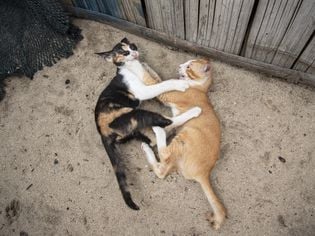
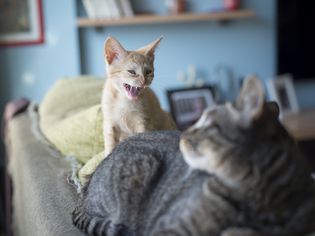
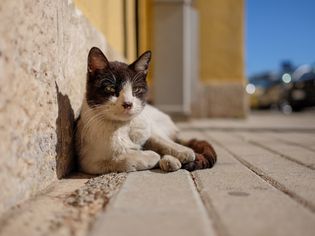
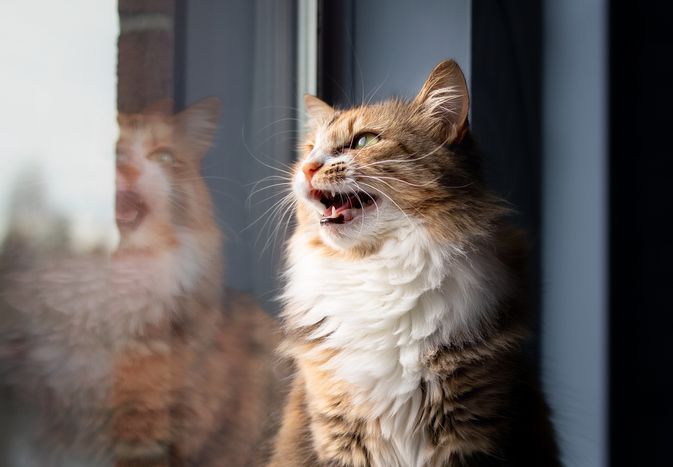
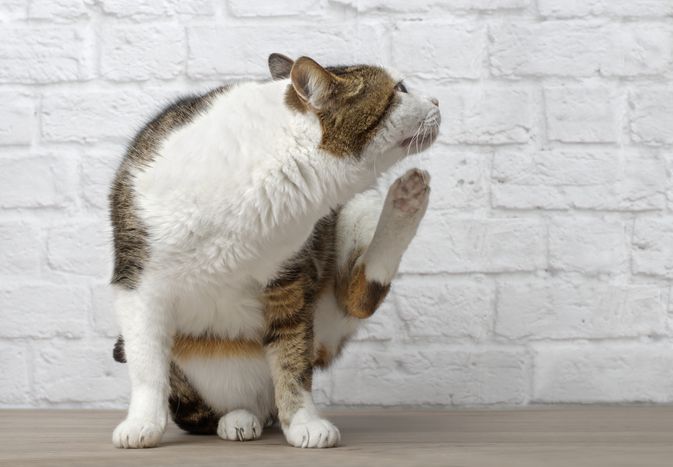
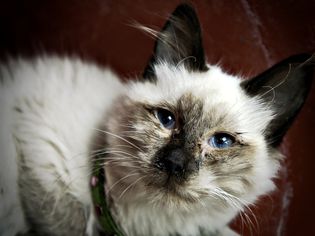
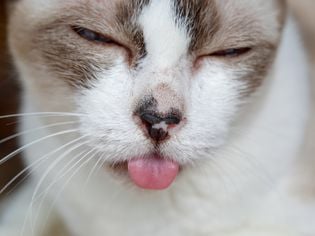
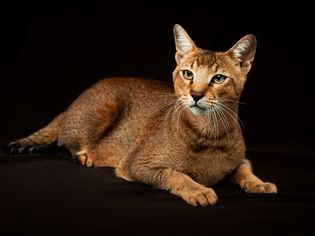
Comments on " Luxating Patella in Cats" :